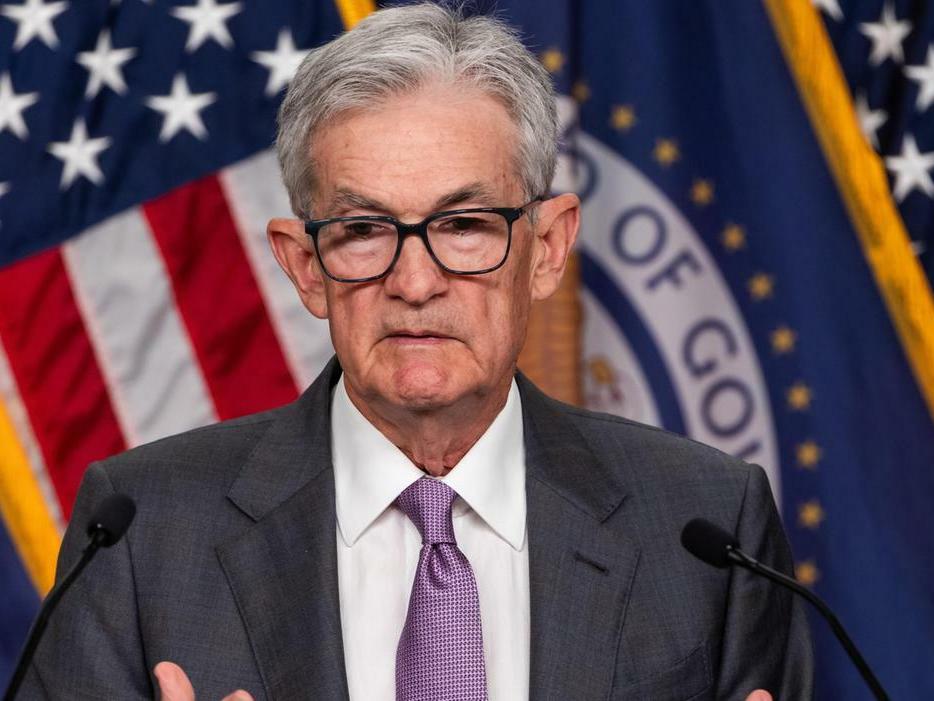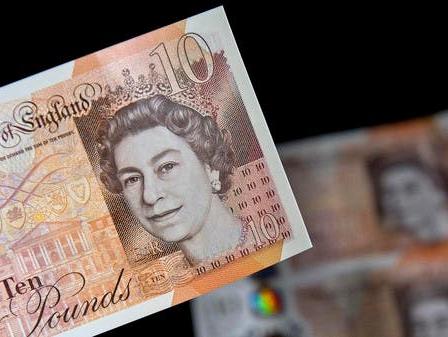The Federal Reserve has maintained its benchmark interest rate at 5.25-5.50% for the eighth consecutive time, but has opened the door to potential rate cuts as early as September. Fed Chair Jerome Powell stated, ‘If that test is met, a reduction in our policy rate could be on the table for as soon as the next meeting in September’. This shift in stance has led to market expectations of at least three 25 basis point rate cuts by year-end, with Fed funds futures pricing in over a 100% probability of a cut in September.The Fed’s potential pivot comes as inflation continues to cool, with Powell noting, ‘The second-quarter inflation data increased our confidence, and better data will further strengthen it’. However, the central bank remains cautious, emphasizing that any decision to cut rates will be data-dependent and require ‘greater confidence that inflation is moving sustainably toward 2%’.In a significant development, the Bank of Japan unexpectedly raised its interest rate to 0.25% on Wednesday, causing the yen to strengthen to its highest level since March. This move has led to a decline in the Japanese stock market, particularly affecting exporters and the real estate sector. The yen’s surge, rising nearly 1% to 148.51 per dollar before settling at 149.46, reflects the narrowing interest rate gap between Japan and the United States.Market reactions to these central bank decisions have been swift. U.S. stock indices saw significant gains, with the Nasdaq rising 2.6% and the S&P 500 advancing 1.6%. However, Asian markets showed mixed results, with Tokyo’s Nikkei 225 plunging 2.5% due to the strong yen.As the Fed approaches its next meeting on September 17-18, just weeks before the November 5 U.S. presidential election, Powell emphasized that the central bank would never use its tools to influence political outcomes. He stated, ‘We would never try to make decisions based on the outcome of an election that has not yet taken place. This is a boundary that we would never cross’.The Fed’s evolving stance reflects a delicate balance between addressing inflationary pressures and supporting economic growth. As Christopher Wong, currency strategist at OCBC, noted, ‘Policy convergence should change the direction of travel for USD/JPY to the downside. The risk here is that Fed doesn’t play ball’. As central banks navigate these challenges, the coming months will be crucial in determining the trajectory of global monetary policy.
Key points
- The Federal Reserve has signaled a potential rate cut in September, depending on economic data.
- The Bank of Japan unexpectedly raised its interest rate, causing the yen to strengthen significantly.
- Market reactions were swift, with U.
- Fed Chair Powell emphasized that monetary policy decisions are not influenced by political considerations.
S.
stocks rallying and Asian markets showing mixed results.
Contradictions👾While the Fed is considering rate cuts, the Bank of Japan has raised rates, potentially leading to divergent monetary policies.
👾Despite positive U.
S.
market reactions, Asian markets, particularly in Japan, showed mixed results due to currency fluctuations.



